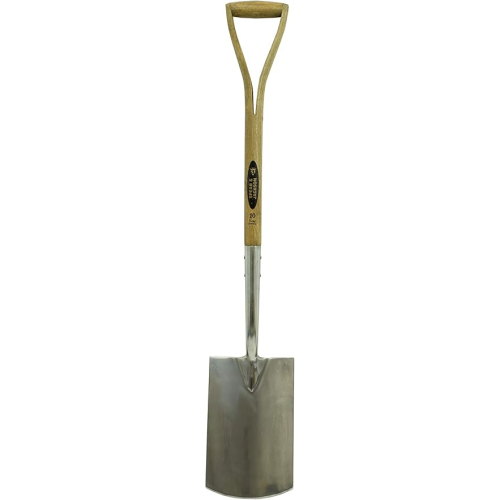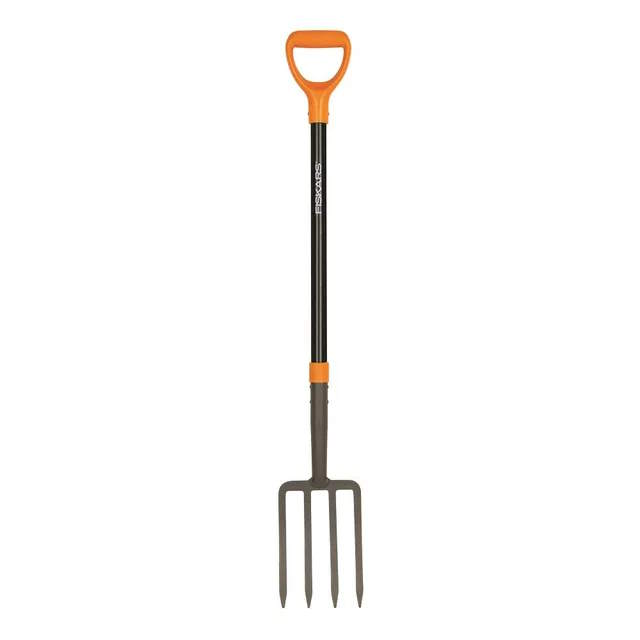When and How to Transplant Lily of the Valley to Prevent Overcrowded and Underperforming Clumps
This aggressive perennial can be divided and transplanted, but do so with caution
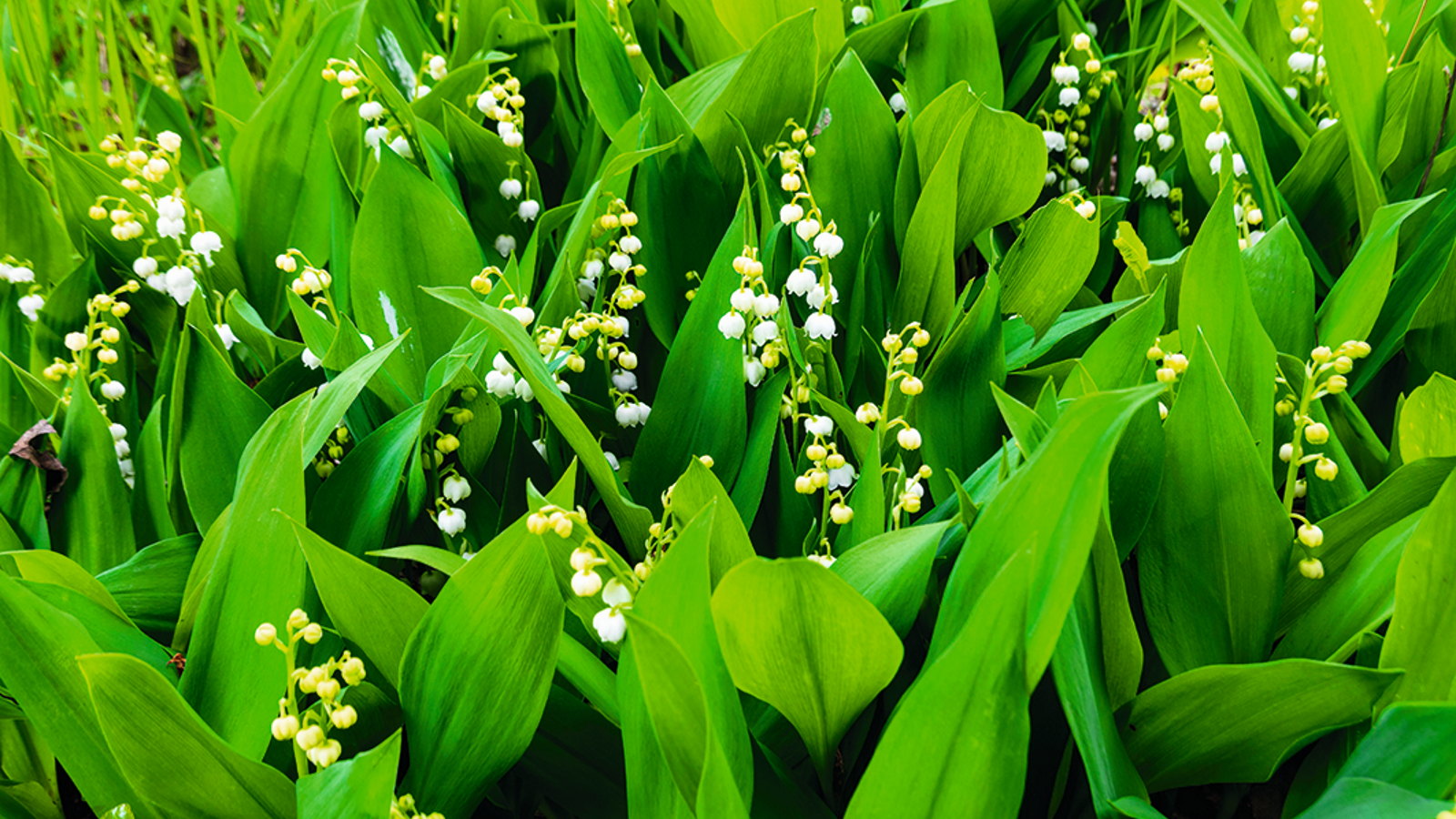

Lily of the valley, Convallaria majalis, is a fragrant, spring-flowering perennial. While its white, bell-shaped blooms are pretty, and it can make a ground cover plant for often-trickier shadier spots, its tough and aggressive nature often makes it troublesome.
The plant is renowned for spreading and has led to it being black-listed in certain areas, so it is best to check local advice before planting. If you already grow lily of the valley, prepare for it to spread, and its growth habit will lead to overcrowded clumps that need dividing to perform at their best.
Understanding when and how to transplant lily of the valley helps you retain the plant, keep it looking its best, and control it. This guide reveals when to transplant and how to do it in four simple steps. If you divide lily of the valley, you can replant sections in a container sunk into the soil to limit its spread.

Can you transplant lily of the valley?
You can transplant lily of the valley if you want to prevent overcrowding. However, exercising caution is worth repeating, as its notoriety for spreading has led this popular plant to be classed as invasive in some states due to its aggressive growth.
Before planting lily of the valley or dividing plants to add to your garden, always check whether it is an invasive species in your area. To mitigate any potential risks, consider less aggressive varieties or limit the spread by planting in containers or sunken pots.
If you plan to transplant lily of the valley, here are the best times to do the task and some pointers to keep you on the right track.
When to transplant lily of the valley
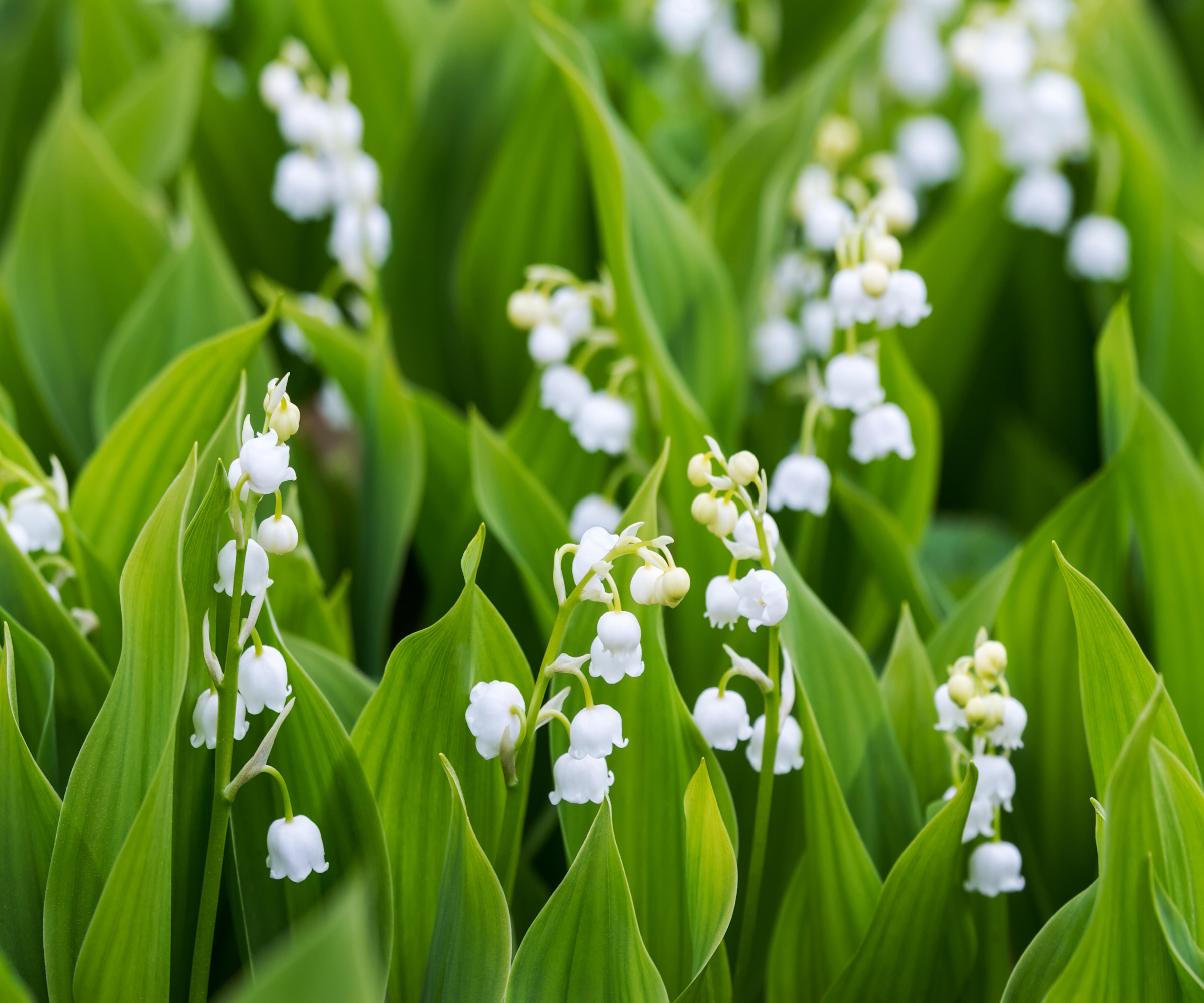
As the plants spread profusely, it can lead to overcrowded clumps that compete amongst themselves for nutrients, water, and light. Overall, this can lead to weak growth and fewer blooms on the clump.
Design expertise in your inbox – from inspiring decorating ideas and beautiful celebrity homes to practical gardening advice and shopping round-ups.
Whether you divide plants to replant or merely discard unwanted sections, lily of the valley is best divided every three to five years to keep it healthy and performing at its best.
If you are dividing plants to expand your collection or want to move a clump, then when is the best time to transplant lily of the valley?
The ideal time is in the fall, as the conditions are suited for recovering from the stress of being lifted, divided, and replanted. As Michael Clarke, an experienced horticulturist and founder of Yardwork, explains: 'Cool temperatures and fall rains help the transplants establish roots before winter.
'You can also divide in early spring, just as new growth appears and the plant has energy to bounce back. You want to avoid dividing during the summer because it stresses the plant and reduces flowering.'
If you are planning when to divide plants, choose around four to six weeks before your first hard frost. This gives the lily of the valley sufficient time to develop roots before the winter cold arrives.

Michael Clarke is the founder of Yardwork and Pulled, the online platforms for everything home and garden. He has a degree in landscape architecture and horticulture from the University of California Davis.
How to transplant lily of the valley in 4 simple steps
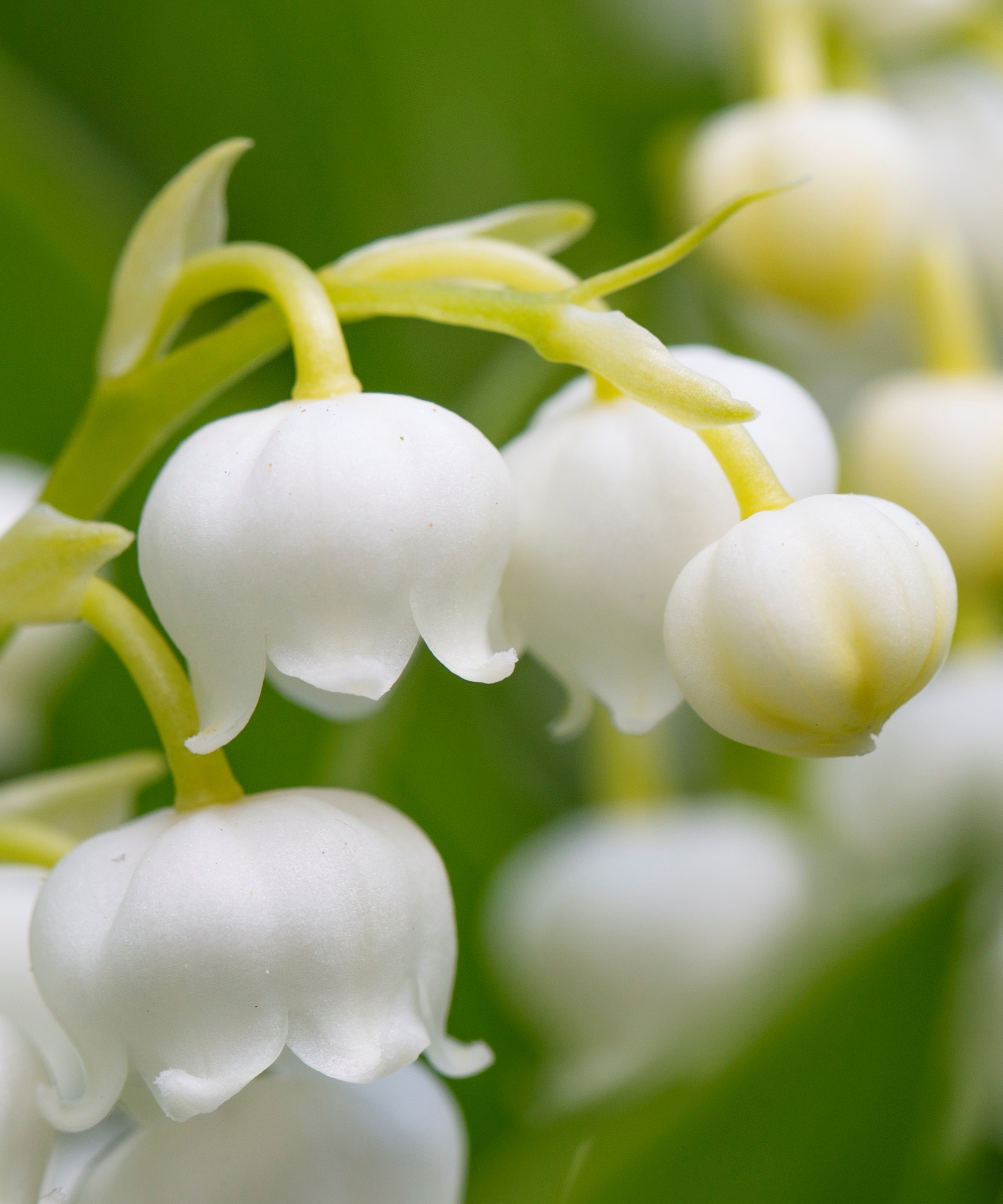
Transplanting lily of the valley is a simple job for any fall gardening checklist, and you do not need lots of garden tools. The task can be done with a sharp spade or fork and a pair of gardening gloves. The gloves are essential, as lily of the valley has toxins that can irritate the skin when handled.
- Carefully dig up the clump with a fork or spade. Dig at least four inches away from the plant and circle it so you can lever the clump out of the ground.
- Separate the clump into sections. Michael Clarke recommends ‘looking for sections with healthy roots and at least 1–2 pips (also known as rhizomes)’. He adds: ‘Gently pull them apart by hand or cut them with a clean tool and replant them immediately.’
- Replant the new sections in a shaded area. Lily of the valley wants rich soil amended with compost or well-rotted manure. The spacing varies from 4-6 inches apart for individual or a small number of pips to one foot apart for larger clumps.
- Water the newly planted clumps thoroughly, and regularly check to water plants as required until they are established.
FAQs
Can I transplant lily of the valley in the spring?
Yes, you can transplant lily of the valley in the spring. The ideal time is after the last frost for your climate, and just as the plant starts to grow in early spring. Early spring is a great time to transplant clumps, as they have sufficient time to establish a strong root network before the warmth of summer.
Can you transplant lily of the valley in the summer?
It is not advisable to transplant lily of the valley in the summer. Doing this during the hottest part of the year stresses the clump, and you will need to water the plant lots to prevent it from drying out in summer. If a lily of the valley is encroaching on other, more cherished plants during the summer, you can easily dig out and remove unwanted sections.
There are many alternatives to lily of the valley if you want to add spring-flowering perennials to your backyard ideas. The likes of erythronium, wood anemone, and tiarella can bring beauty in the spring without the dangers of spreading aggressively.
Shop for tools to transplant lily of the valley

Drew has worked as a writer since 2008 and was also a professional gardener for many years. As a trained horticulturist, he worked in prestigious historic gardens, including Hanbury Hall and the world-famous Hidcote Manor Garden. He also spent time as a specialist kitchen gardener at Soho Farmhouse and Netherby Hall, where he grew vegetables, fruit, herbs, and cut flowers for restaurants. Drew has written for numerous print and online publications and is an allotment holder and garden blogger. He is shortlisted for the Digital Gardening Writer of the Year at the 2025 Garden Media Guild Awards.
You must confirm your public display name before commenting
Please logout and then login again, you will then be prompted to enter your display name.
